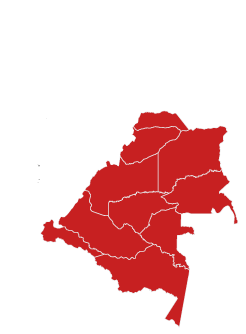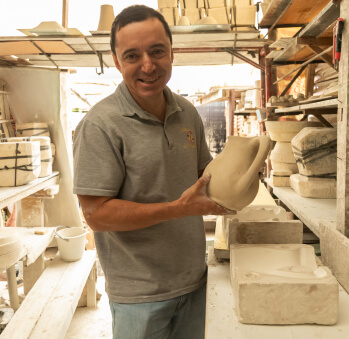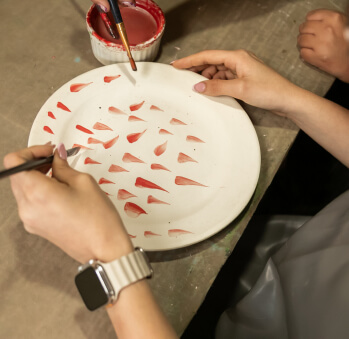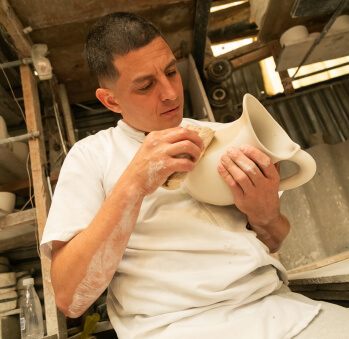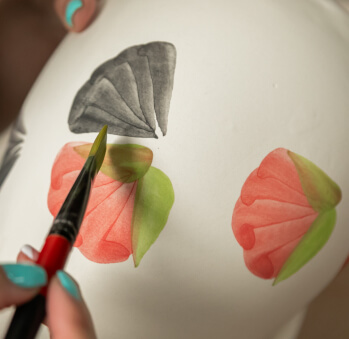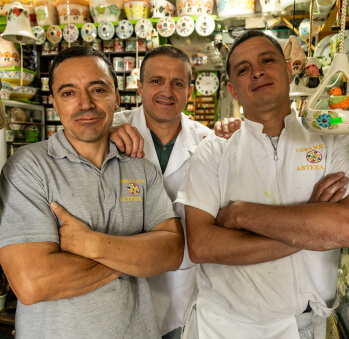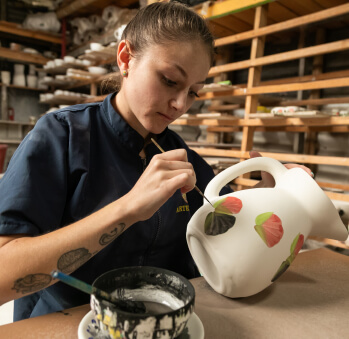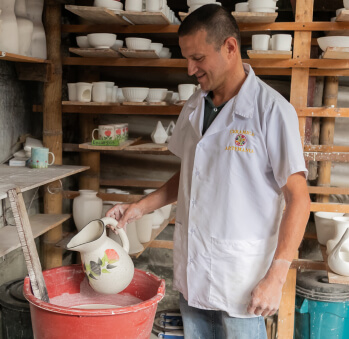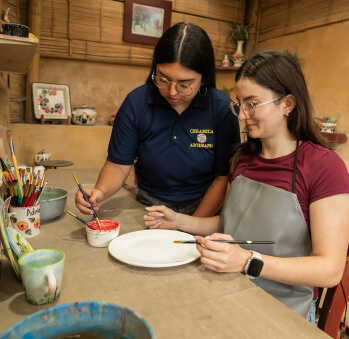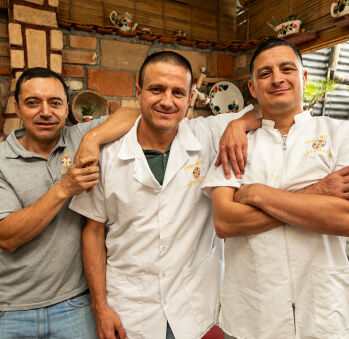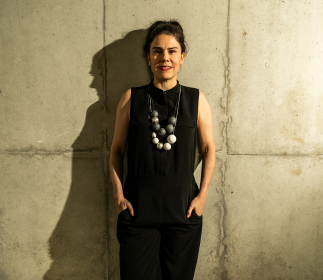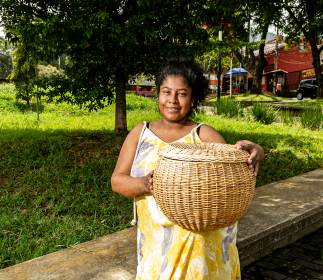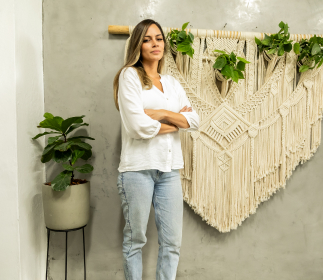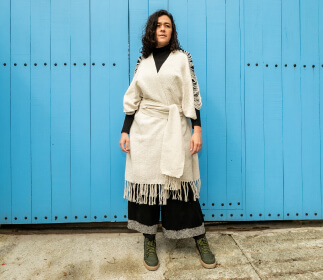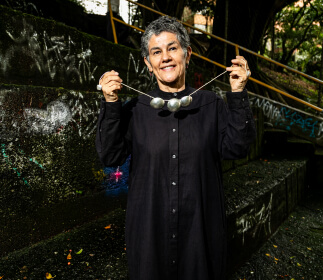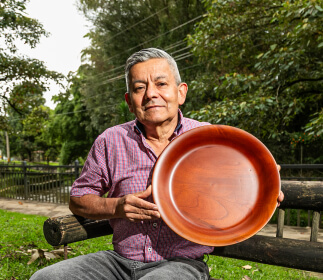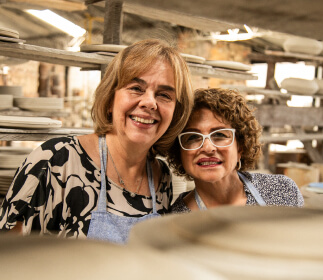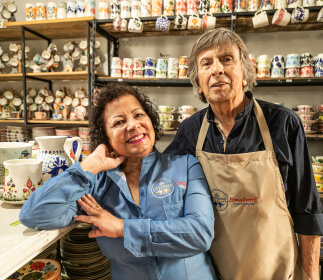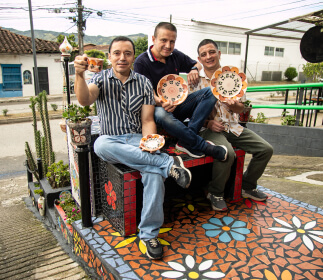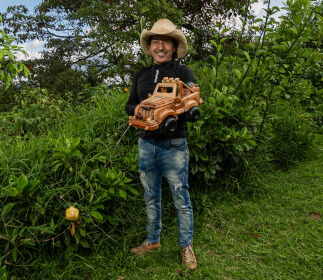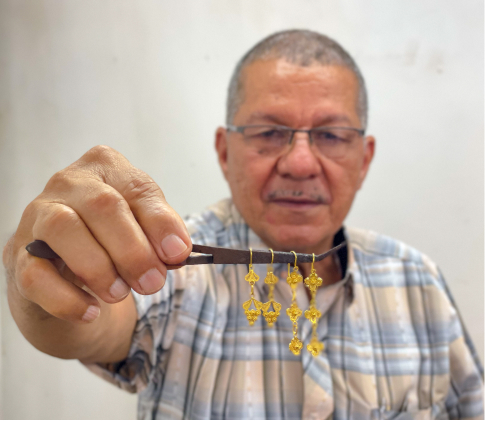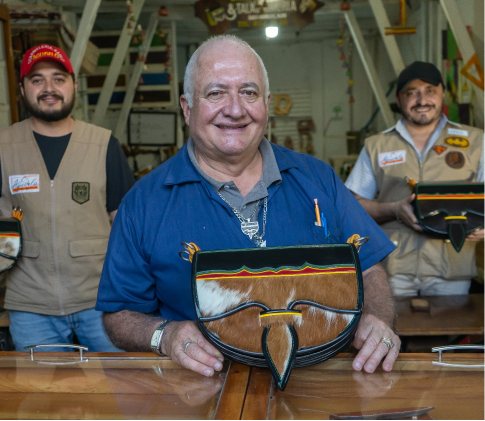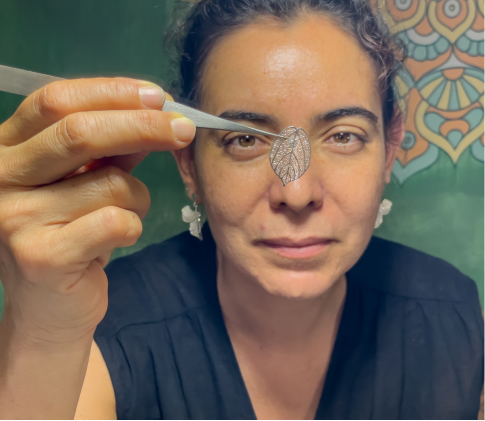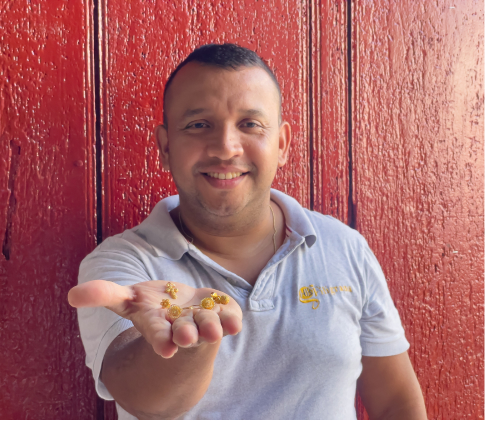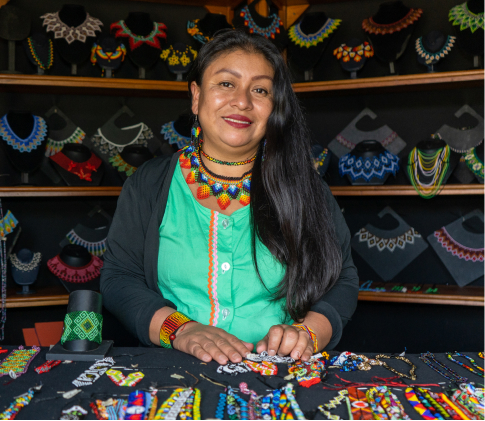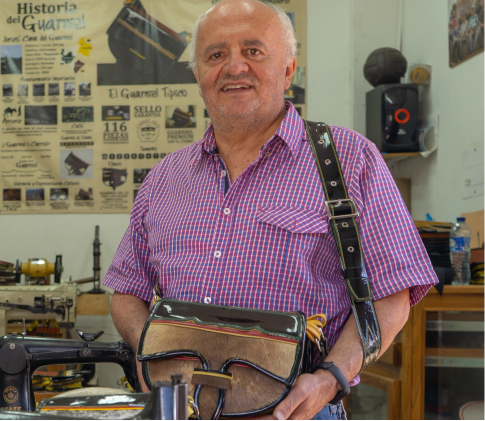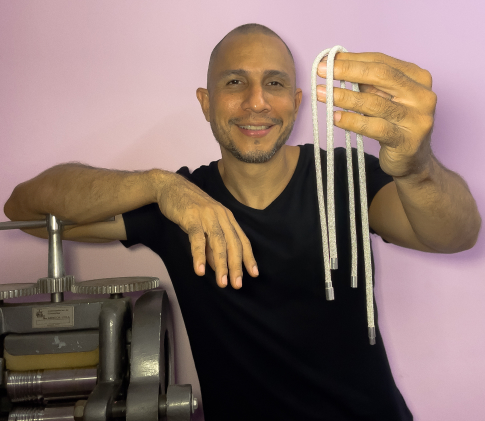Eduar Cardona, Leandro Arbeláez y Dairo Oduber Arbeláez
Workshop: Cerámicas Artemanía
Craft: Pottery and ceramics
Trail: Antioquia Route
Location: Carmen de Viboral, Antioquia
Eight years ago, three men came together to establish one of the many workshops that keep alive the craft people of Carmen de Viboral hold dear, a work born from the white clay of their soil, their source of local pride. In the process, these three men became heirs and apprentices to the knowledge of the generous Francisco Cardona, an artisan who has led Esmaltarte for forty years and helped others set up their own workshops. Once they decided to become part of the tradition of producing hand-painted tableware, the first thing they built was a gas kiln. Next, they acquired all the necessary molds to cast their varied catalog, always under their mentor’s guidance. These molds were made from replicated sculptures and wooden turning templates, where Leandro Arbeláez’s knowledge was invaluable. Leandro is one of the three members of this workshop, which is also a family.
It all began with Eduar Cardona, who had always been interested in the artisanal world. He had practiced with wood and candles, and when he married Dora Aydé Arbeláez, sister of his future partners Leandro and Dairo, they started making plaster figures. When the idea of setting up Artemanía came to him, after customers asked if he also made tableware, he brought in his two brothers-in-law. They accepted, each at their own pace, the lifestyle change.
Leandro worked in construction, and thought of plastering as a type of art. So, when he discovered clay, it was love at first sight. He was captivated by the value of seeing a finished piece after a long process that required care at every step. He fell in love with the difficulty of the craft and its rewarding results. Today, he is in charge of casting and supervising the quality of the clay and finished pieces. For Dairo, the story was more atypical. He was a bus driver, transporting passengers from Medellín to Marinilla. Gradually, he got more involved with the workshop’s tasks whenever he visited his family during his free hours, until he decided to stay and is now responsible for glazing, loading the kiln, and firing. Eduar, meanwhile, took on the administrative and accounting side after inventing his own decoration filled with pompoms, the Terracota.
Today, they welcome customers and anyone interested in learning more about their art and trying it themselves in their workshop, brimming with molds and pieces to paint, in an area fully decorated with pieces showcasing their signature design. The Artemanía design, which was born as a solution to recover cracked pieces with splashes of color and became, after adding reddish flowers and wide dark leaves, the decoration worthy of their most refined and beautiful pieces.
Craft
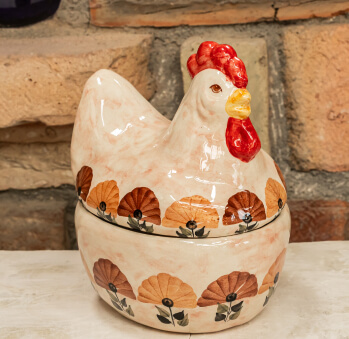
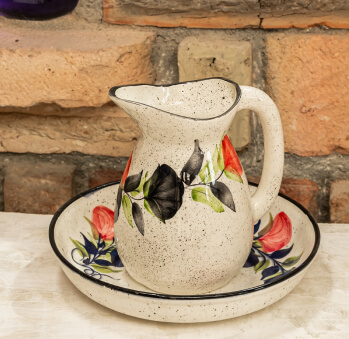
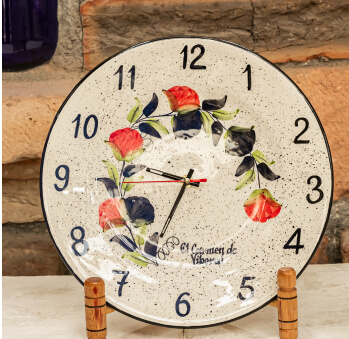
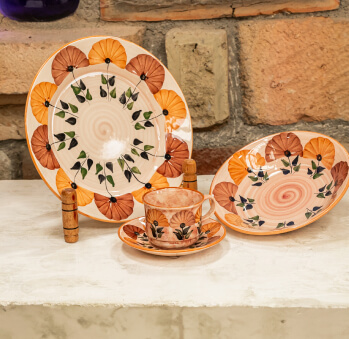
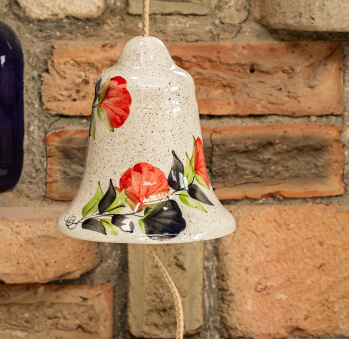
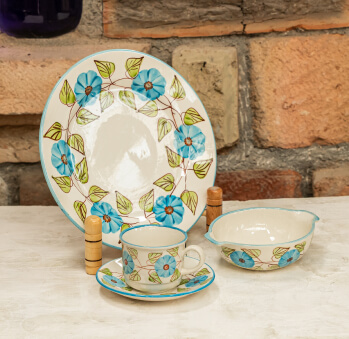
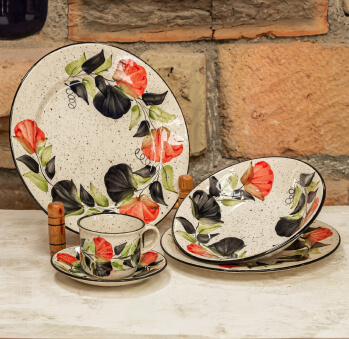
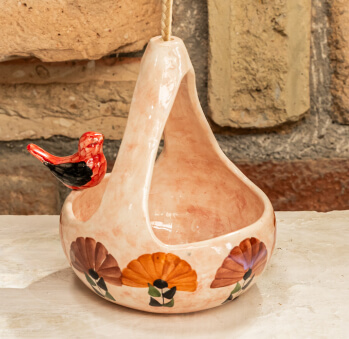
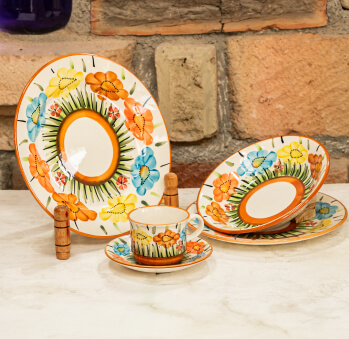









Artisans along the way
Artisans along the way
No puede copiar contenido de esta página


